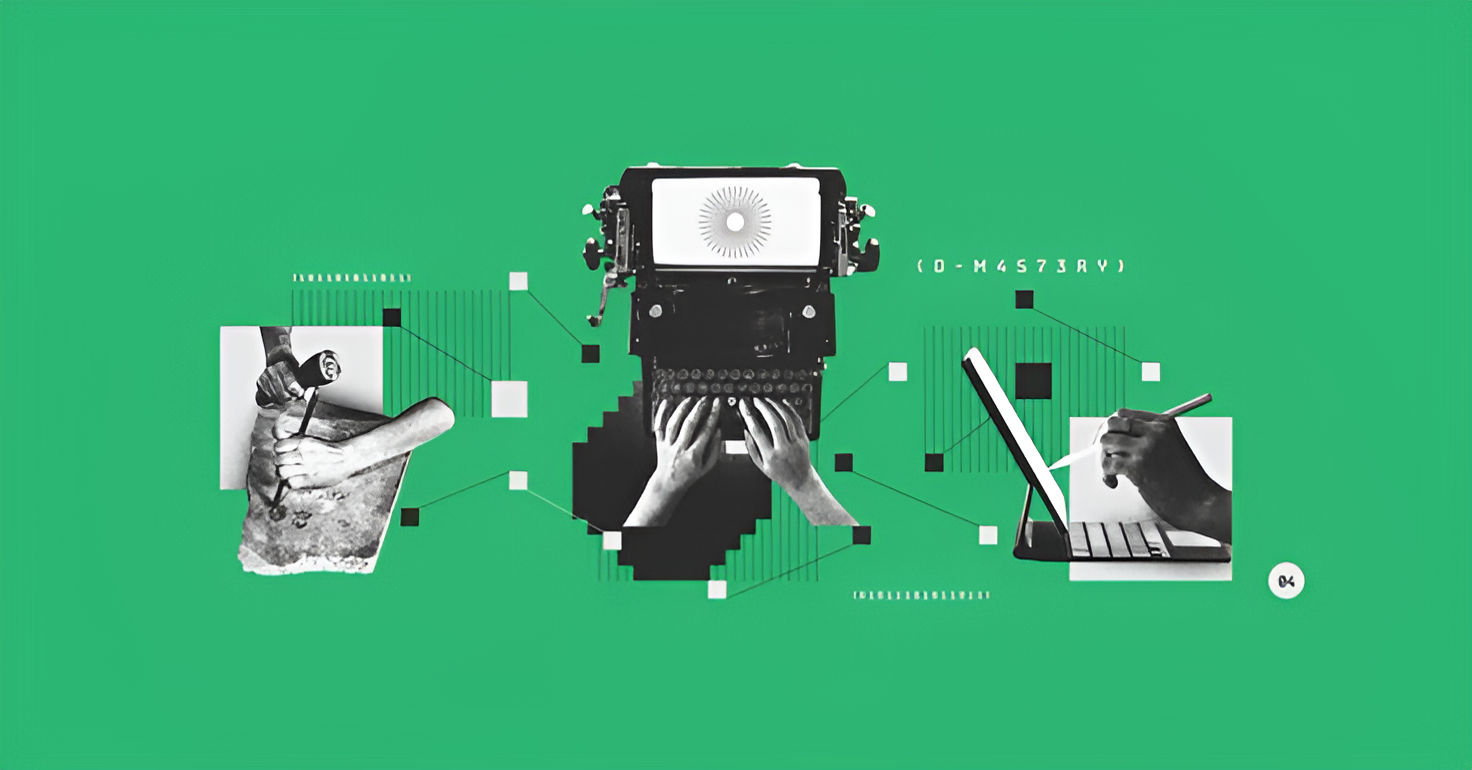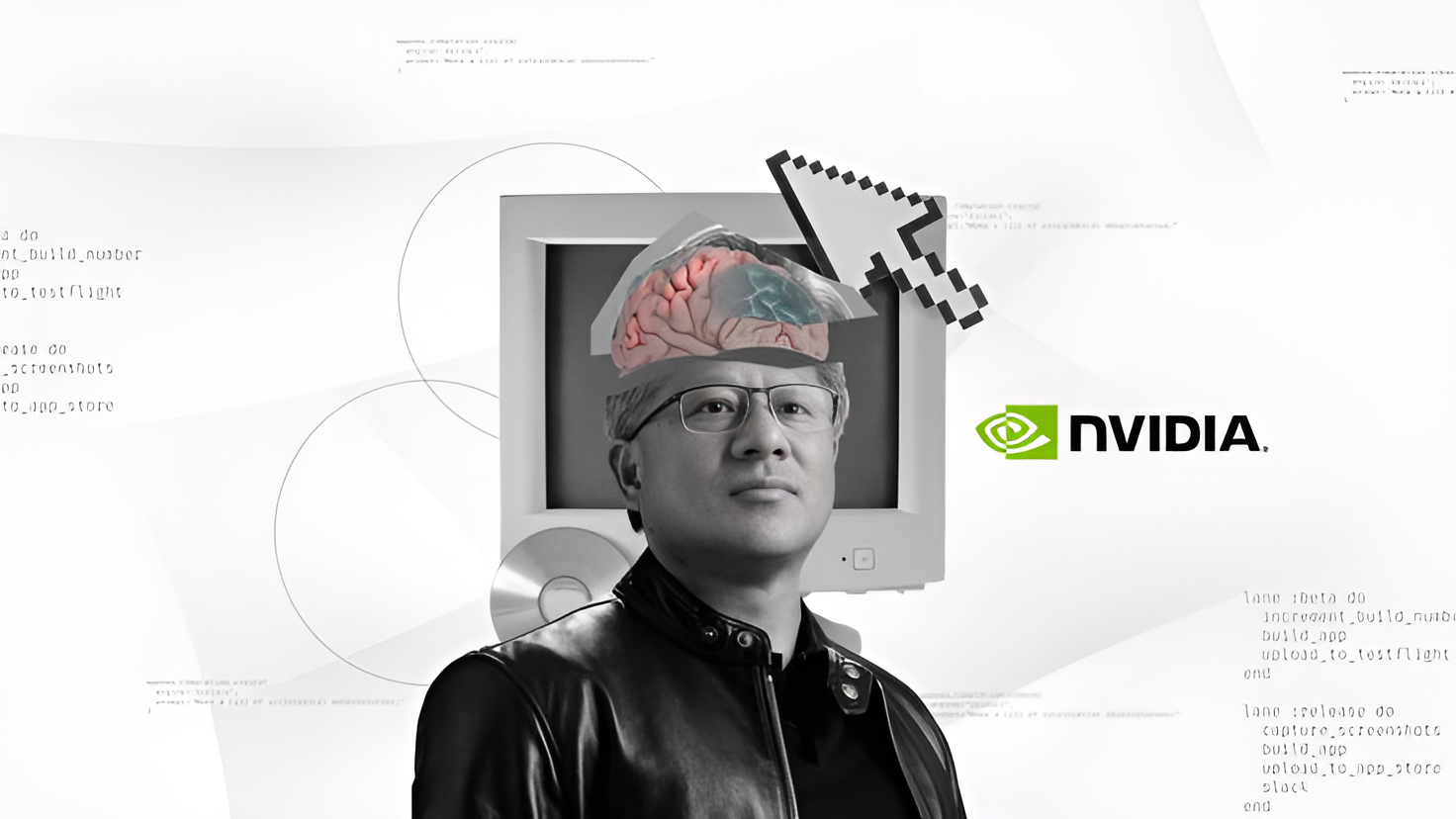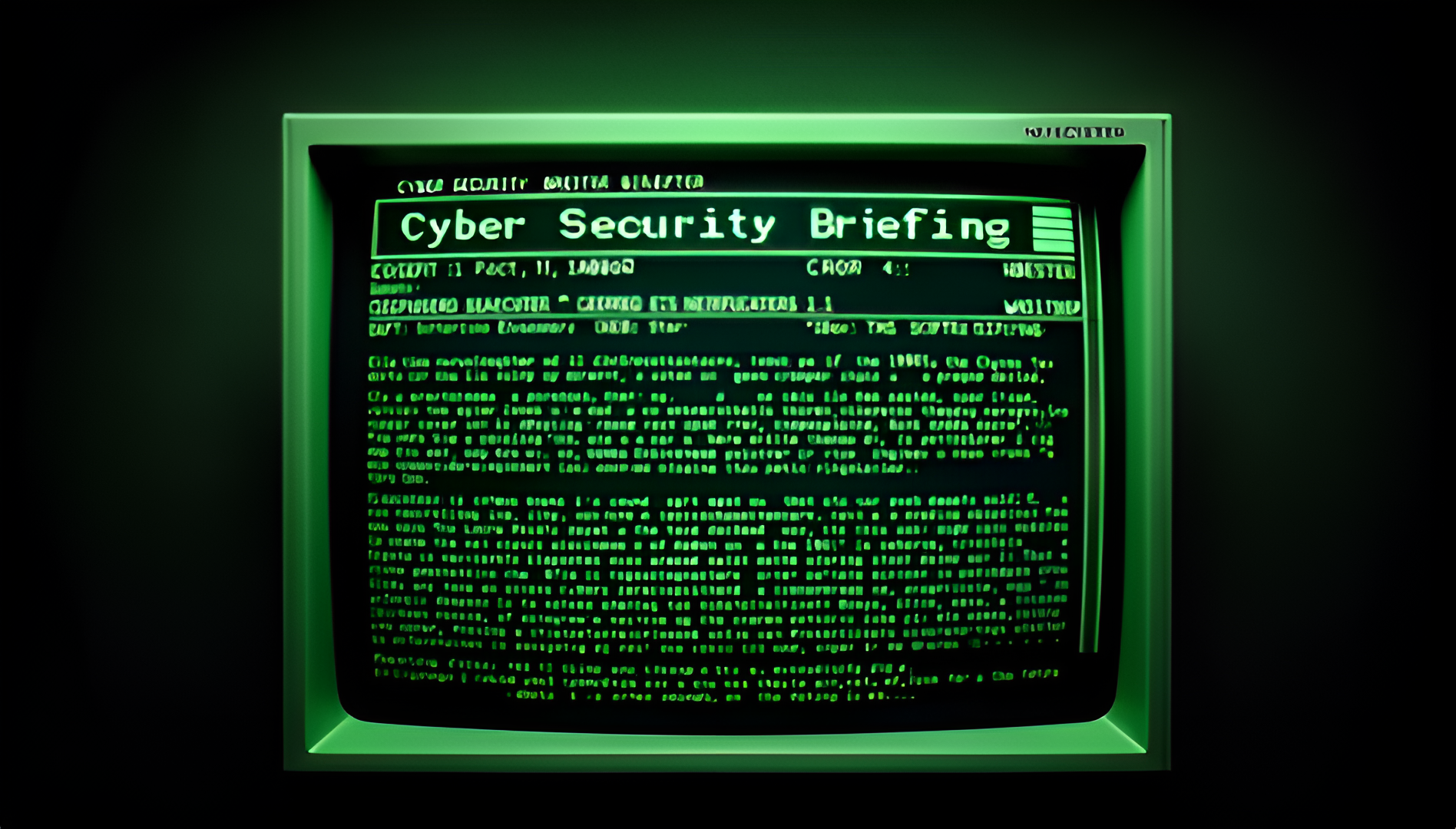As artificial intelligence (AI) becomes the crown jewel of enterprise innovation, it also emerges as a double-edged sword in the realm of cybersecurity. While organizations race to leverage AI to gain competitive advantage, streamline operations, and enhance threat detection, they also find themselves on a precarious edge, where adoption outpaces understanding, and innovation outpaces regulation.
The Vulnerability Paradox: AI Adoption Outpaces Security Readiness
In 2024, over 66% of organizations anticipated that AI would have the most significant impact on cybersecurity. However, only 37% had formal processes to assess the security of AI systems before deployment. This striking disconnect illustrates a common paradox: organizations are quick to implement AI-driven tools but slow to secure them.
The danger is not hypothetical. AI systems, especially those built on generative models, can introduce new attack surfaces, from model poisoning and data manipulation to prompt injection attacks. Yet many companies, driven by speed-to-market pressure, prioritize functionality over foundational security. Without robust testing protocols, secure development lifecycles, or audit mechanisms, these AI systems could become Trojan horses within the corporate infrastructure.
Generative AI Fuels the Rise of Sophisticated Cyber Threats
Generative AI (GenAI) is not just empowering enterprises — it’s supercharging cybercriminals. Among surveyed cybersecurity leaders, 47% cited adversarial GenAI advancements as their top concern. From automated phishing emails that mimic corporate language to synthetic voice deepfakes used in fraud, GenAI is lowering the barrier of entry for attackers and raising the stakes for defenders.
In 2024 alone, 42% of organizations reported a surge in phishing and social engineering attacks, many of which were powered by AI. These attacks are no longer riddled with grammatical errors or broken logic; instead, they’re eloquent, contextually aware, and frighteningly convincing. The result? A wave of breaches that traditional defenses, reliant on known patterns and reactive protocols, are ill-equipped to handle.
The cybersecurity community is scrambling to develop AI-powered countermeasures, such as anomaly detection systems and behavioral analytics, but it’s a race against time — and against machines that learn and adapt faster than most human teams can respond.
Fragmented Regulations: A Barrier to Global Cyber Resilience
While governments have recognized the growing cyber threat and responded with a flurry of regulatory frameworks, their efforts remain fragmented and inconsistent across borders. At the World Economic Forum’s Annual Meeting on Cybersecurity (2024), more than 76% of CISOs highlighted that the lack of regulatory harmony is hampering compliance and resilience efforts.
The EU AI Act, U.S. Executive Orders on AI, China’s Cybersecurity Law, and other regional regulations each carry distinct definitions, requirements, and enforcement mechanisms. For multinational organizations, the result is regulatory fatigue and operational confusion.
Ironically, while regulations are designed to enhance cybersecurity, their disharmony often creates new vulnerabilities. Companies must divert resources from threat response to compliance mapping, and smaller enterprises, with limited legal or technical bandwidth, may inadvertently fall short.
What’s needed is not more regulation, but smarter, interoperable regulation, a global cybersecurity governance model that transcends borders, much like the very cyber threats it aims to mitigate.
The Talent Crisis: The Missing Link in Cyber Defense
No matter how advanced the AI or how robust the regulation, cybersecurity still relies on people. Unfortunately, the industry is facing a critical shortage of skilled professionals. Since 2024, the cyber skills gap has widened by 8%, with two out of three organizations reporting moderate to severe talent shortages.
Even more worrying, only 14% of organizations feel confident in their current cybersecurity workforce’s ability to meet today's challenges.
The complexity of AI-integrated systems demands a new kind of cyber talent, one that understands not just firewalls and phishing, but also machine learning models, data provenance, and AI ethics. Upskilling initiatives, partnerships with universities, and AI-specific cybersecurity certifications are beginning to emerge, but progress remains slow.
Until organizations close this talent gap, even the most advanced cybersecurity tech will be rendered ineffective by the absence of qualified professionals to operate, interpret, and adapt it.
Strategic Recommendations: Building Cyber Resilience in the Age of AI
To navigate this new era where AI is both the threat and the solution, organizations must adopt a strategic, proactive approach to cybersecurity. Here are four core recommendations:
- Integrate AI Security from the Start
Adopt a “secure-by-design” approach when developing or deploying AI systems. Use AI-specific risk assessments, red-teaming, and model audits as standard practice. - Invest in AI-Driven Defense Tools
Leverage AI for threat detection, predictive analytics, and rapid response. Prioritize platforms that offer transparency, explainability, and human oversight. - Champion Regulatory Alignment
Engage in global dialogues and industry coalitions to advocate for consistent, interoperable cyber laws. Assign dedicated teams to monitor and interpret evolving frameworks. - Close the Talent Gap
Launch internal training programs, sponsor cybersecurity education, and recruit for interdisciplinary roles that blend computer science, data ethics, and behavioral analysis.
Conclusion: AI and Cybersecurity Are Intertwined and Indivisible
AI is not just transforming business. It’s reshaping the battlefield of cybersecurity, where algorithms combat algorithms, and resilience requires both technological sophistication and human ingenuity.
As we move deeper into this AI-driven decade, organizations that recognize this duality, and act on it with clarity, courage, and coordination, will be the ones best positioned to not just survive, but lead.





















Discussion